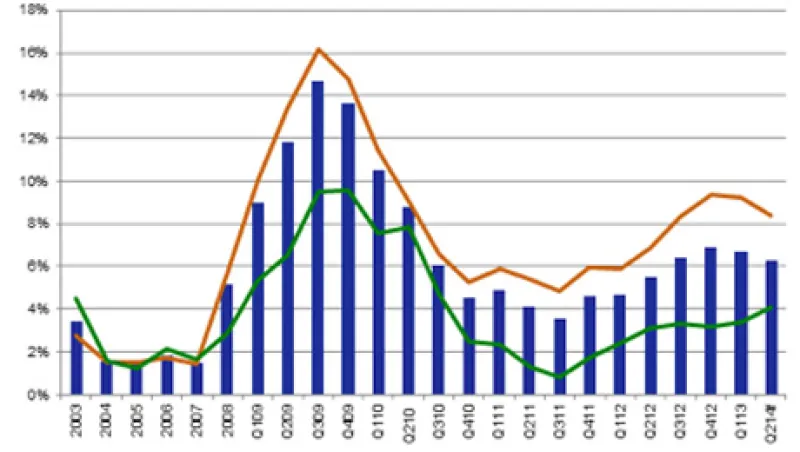
Ratings Remain a Good and Stable Indicator of Default Risk
Outlook for corporate default rates remains elevated in Europe, particularly in France, but low in the U.S.
Yann Le Pallec
August 22, 2013


